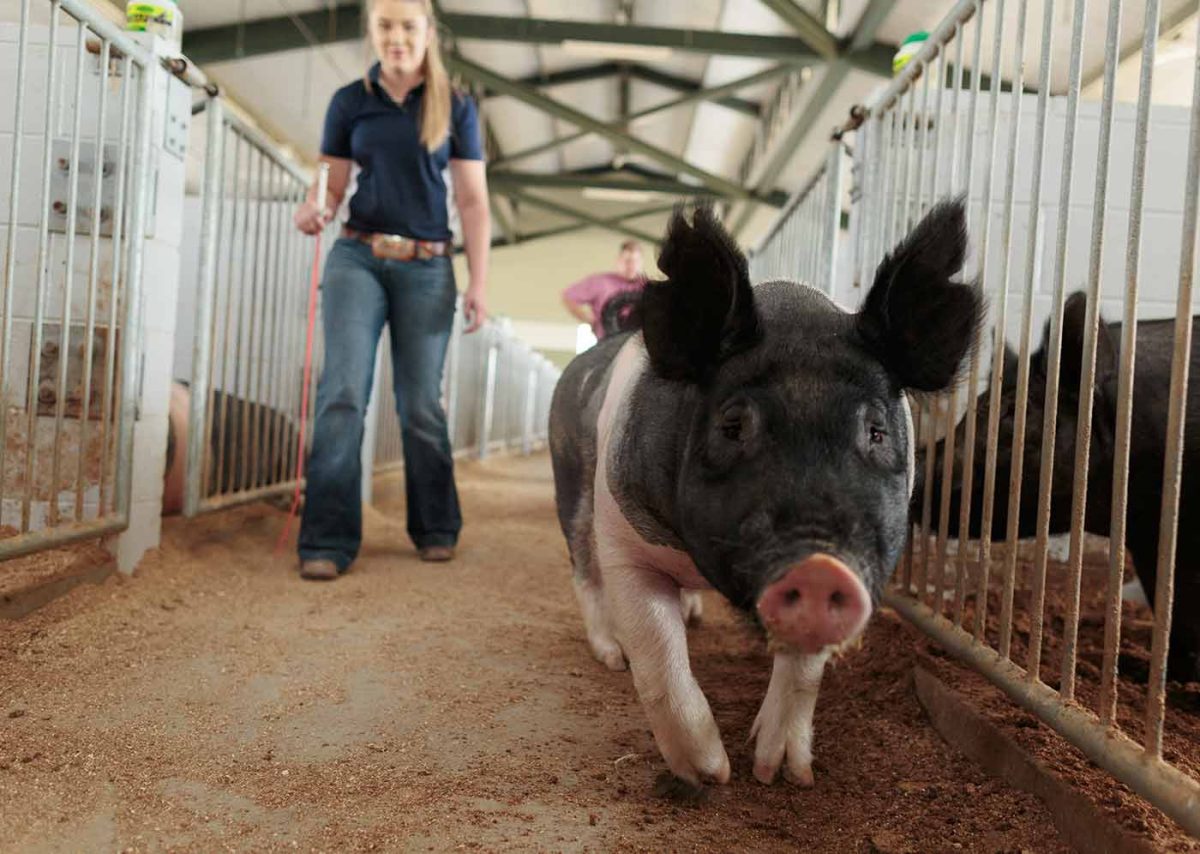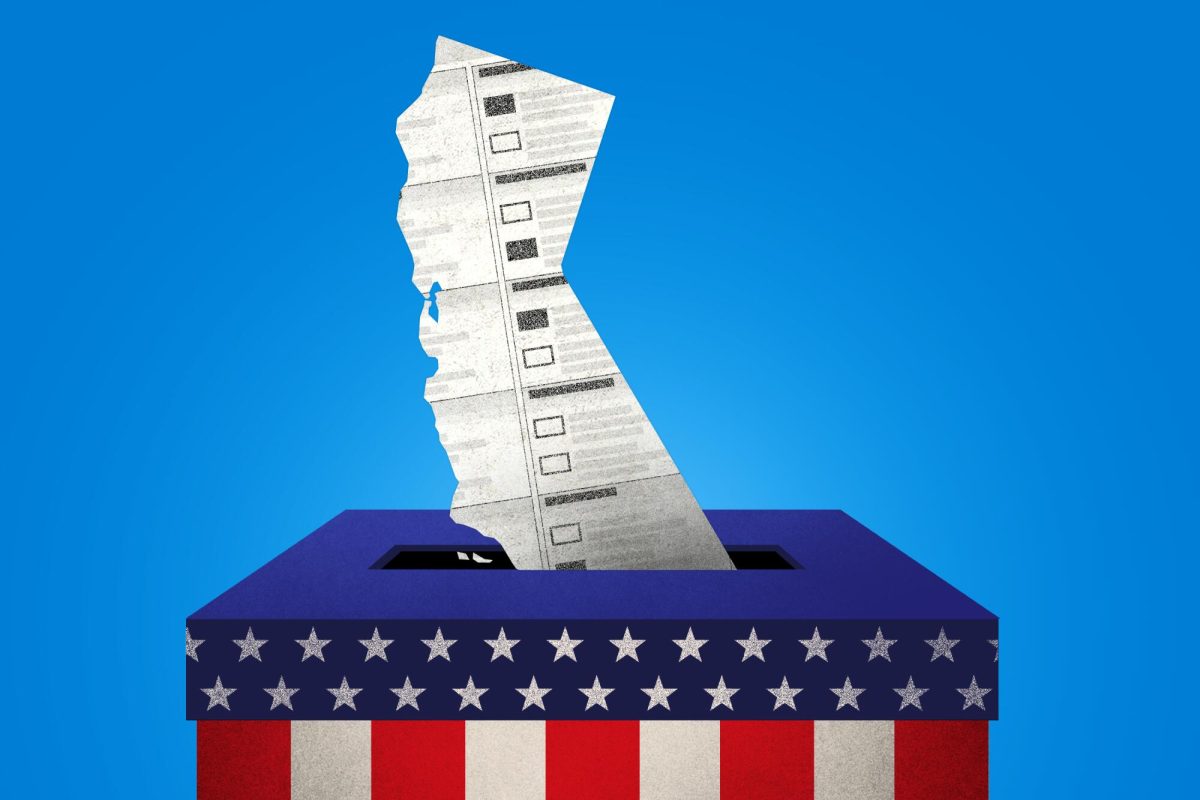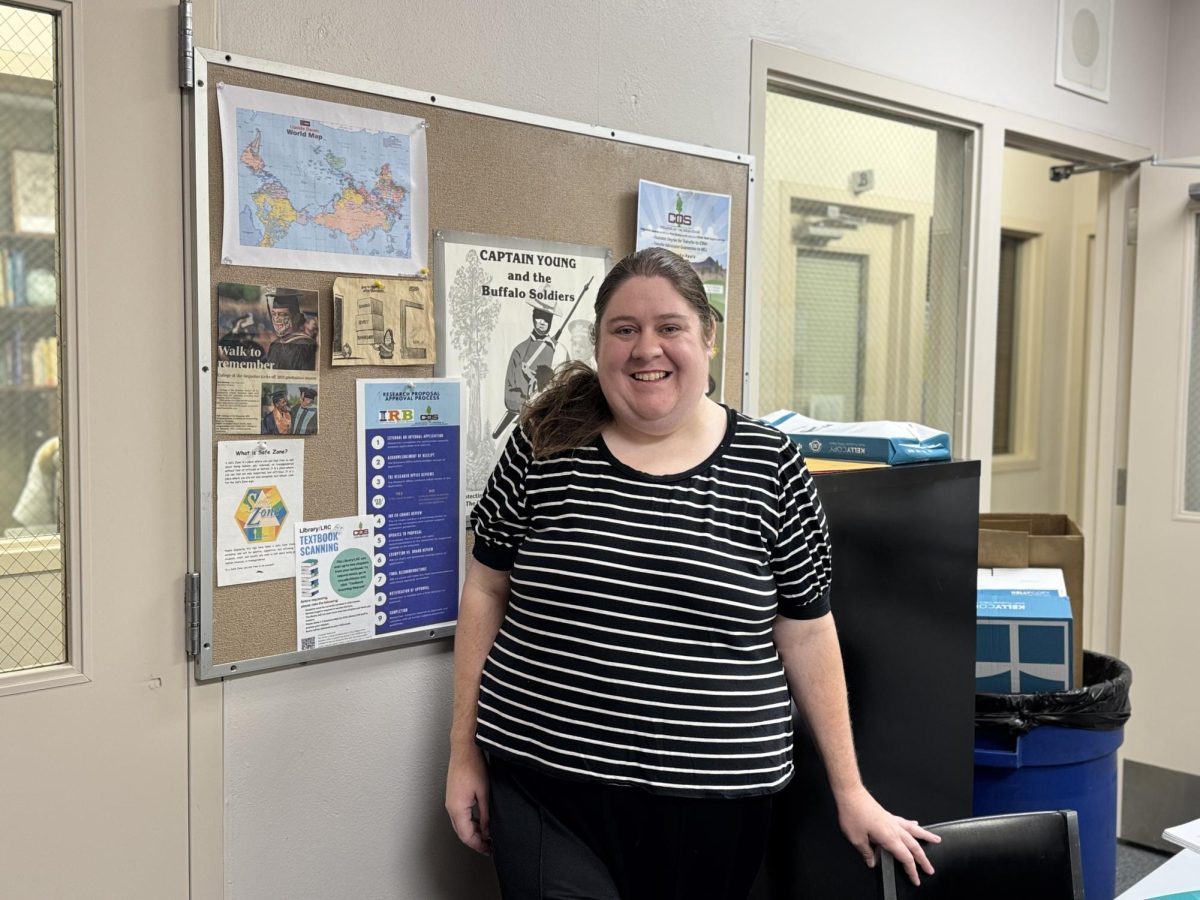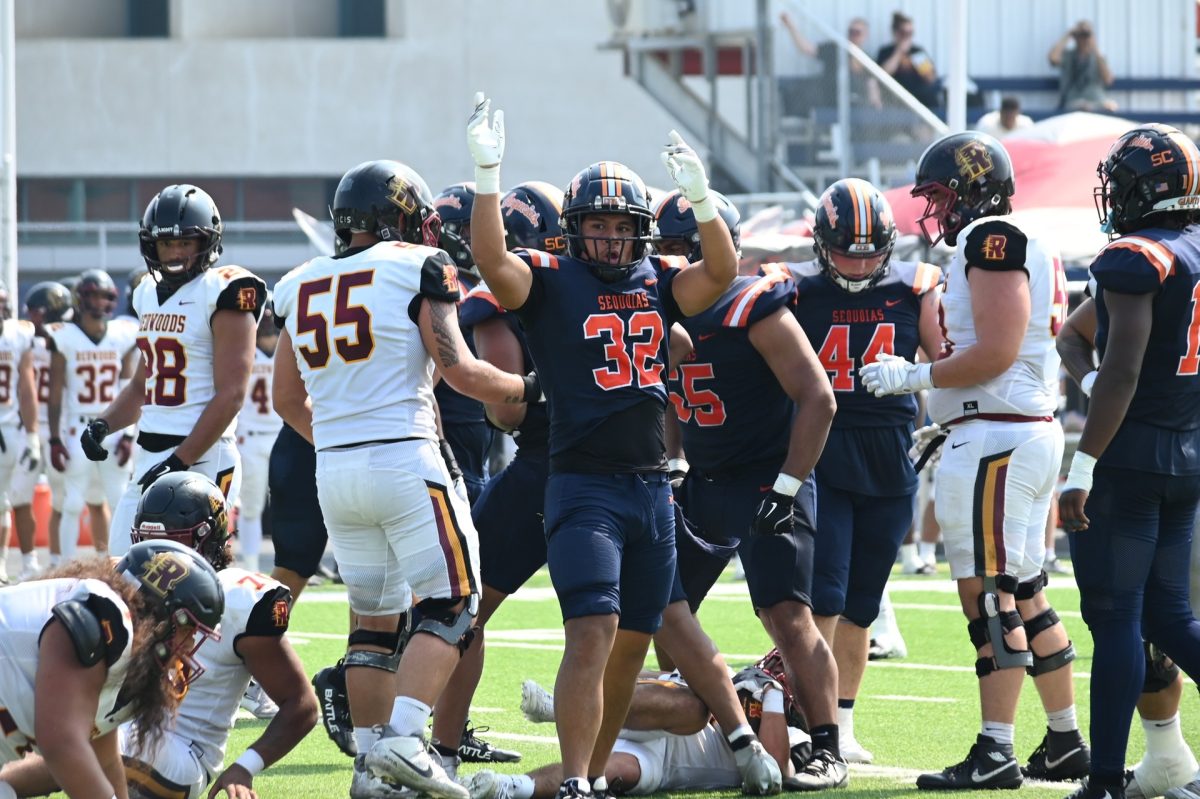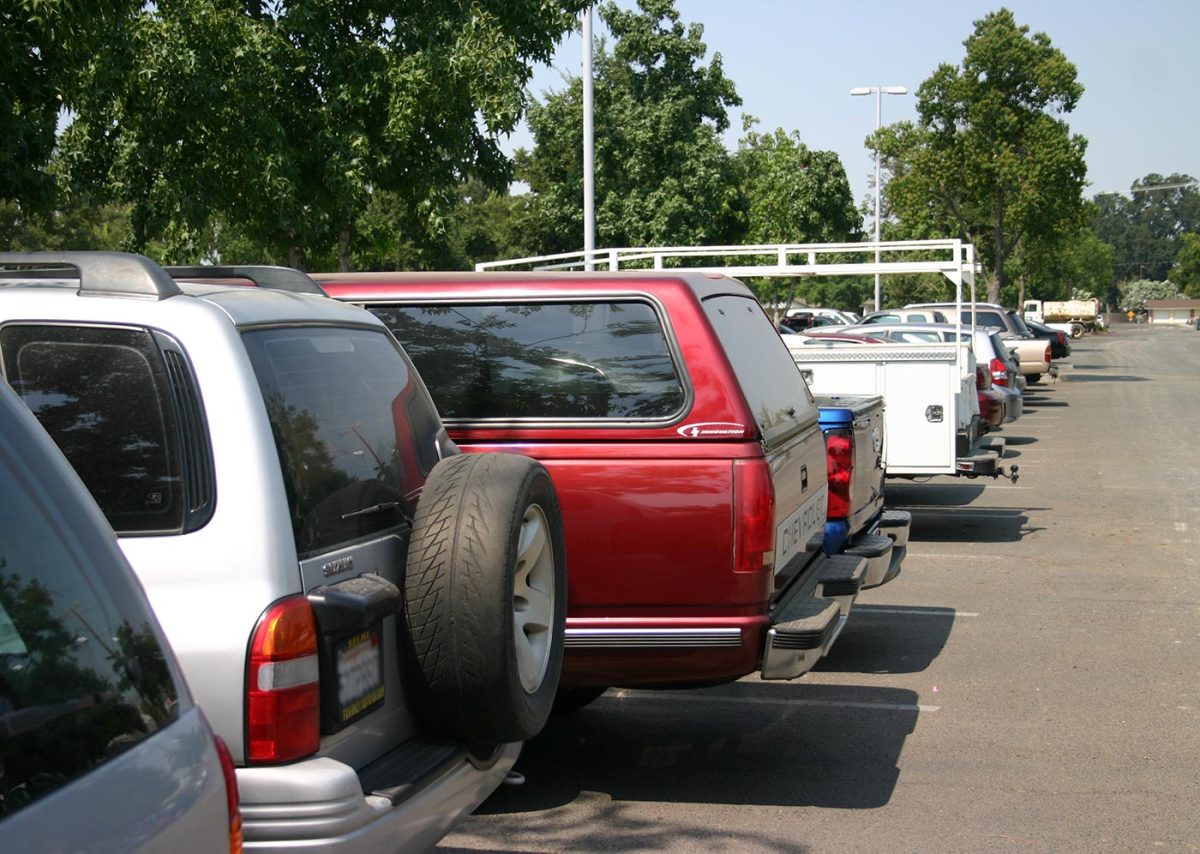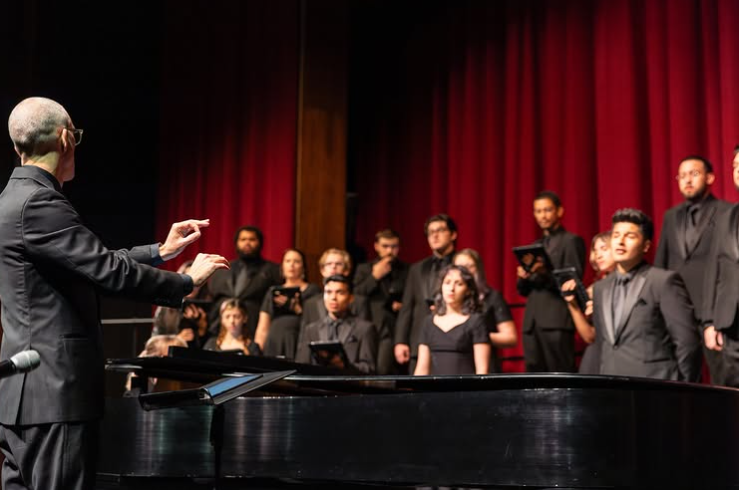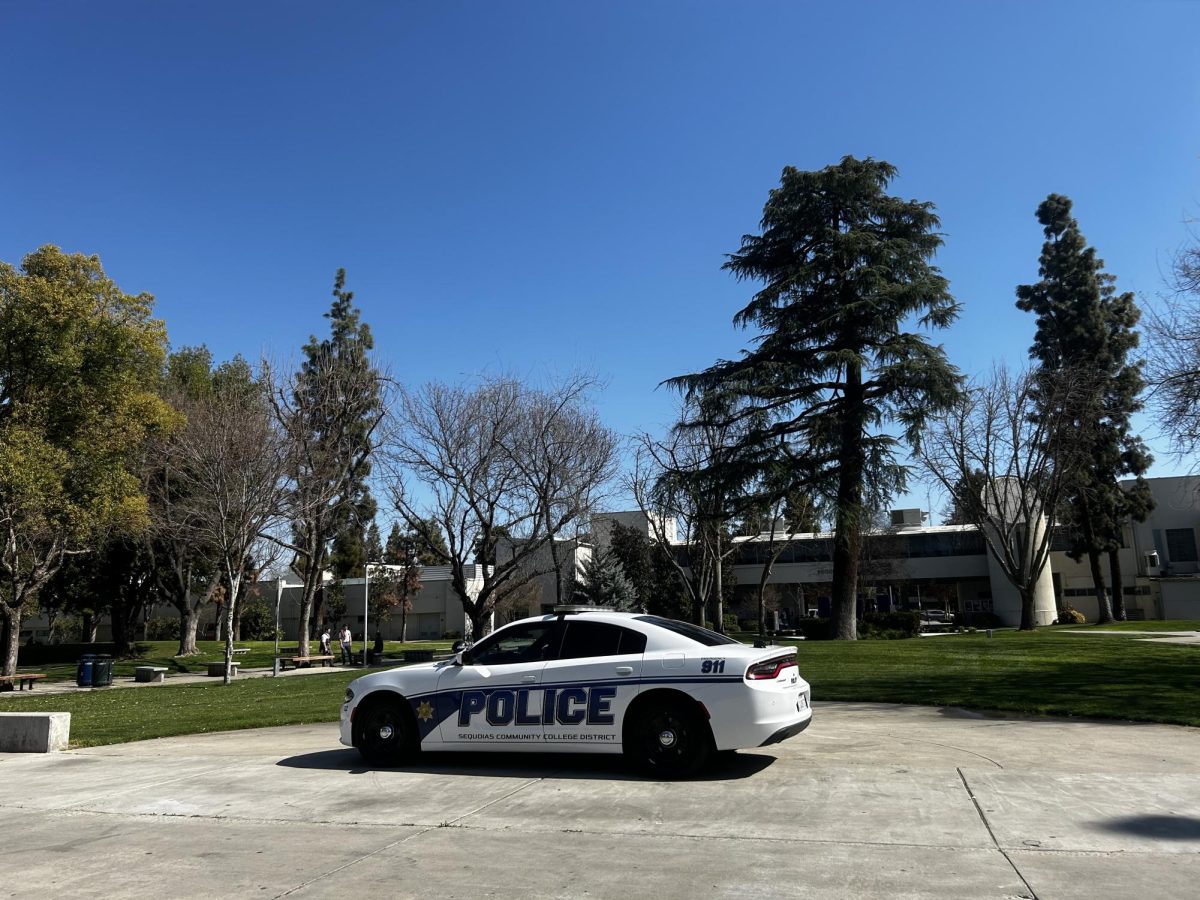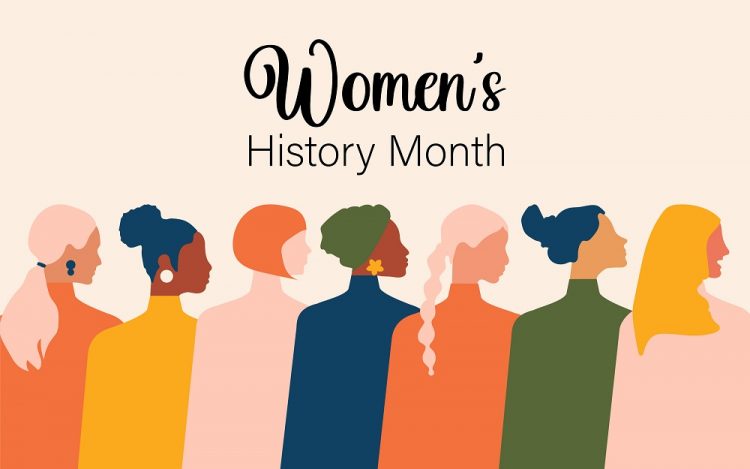The College of the Sequoias Fire Academy is not just a training program; it’s a transformative experience that pushes cadets to their physical and mental limits, preparing them for one of the most demanding careers. From struggling with their first turnout gear to mastering firefighting techniques, these cadets and instructors share their experiences, challenges, and what it takes to succeed in the fire service.
For cadet Kameron Aveille, the biggest challenge has been starting from scratch. “I know a few guys do volunteer work or work part-time with other fire departments, but I’ve come in with no training at all,” Aveille said. “Putting on the gear for the first time—the SCBA turnout coats—was tough initially, but the more you do it, the better you get.” To prepare for the physical demands, Aveille regularly hits the gym.
David Camarillo has enjoyed learning how different fire departments operate. “Getting to learn more about the fire service is exciting for me,” Camarillo said. What surprised him the most? “How fast it’s going. We are already in week four, and January is almost over. There is still so much to learn.” Looking ahead, Camarillo hopes to work as a full-time EMT firefighter in five years while continuing his education in the field.
Korbin Henderson’s advice for those considering the Fire Academy? “Get in shape beforehand, physically and mentally. We do a lot of working out, and studying is just as important.”
As the captain of his unit, Emmanuel Martinez shared that his biggest inspiration for joining the Fire Academy was spending time with his family, a reminder of the personal motivations that drive many cadets toward a firefighting career.
Physical and mental preparation is key for cadet Joseph Davis. “I wake up in the morning and run a mile as fast as possible, then put on a 25-pound vest and use a rebreather mask to make breathing harder. After that, I do the StairMaster for 60 minutes, then bench press and more cardio.” When working in full PPE, Davis admits it’s challenging. “It’s heavy, about 10 pounds, and it limits mobility. Running or doing push-ups is much more complicated, but overall, it’s fun.”
Battalion Chief Ashley Greco knows firsthand the challenges and rewards of being a woman in the fire service. “When I came in, it was a hard place for a woman to be,” Greco said. “But over the years, I’ve seen an evolution. Women are not just accepted or tolerated; they are embraced in the fire service now; it is awesome to be part of that.”
Captain Michael Cromer reflected on how firefighting training has evolved with technology while supporting its core principles. “Some equipment has changed, like the Jaws of Life, which used to be run by a small motor and is now powered by a lithium battery. But the training is still about the basics: paying attention to details, handling hoses, ladder raises. Putting on and taking off SCBAs is mostly the same.” For Cromer, the most rewarding part of teaching is seeing former students succeed. “When they come up to me years later, wearing a badge and riding a fire apparatus, and say, ‘Captain Cromer, do you remember me?’—that’s what we’re shooting for: their success.”
Instructor Wendy Pineda-Gregory a retired firefighter, highlighted the biggest challenge for cadets: time commitment. “They don’t always understand how demanding it is. We try to set an example and show them the thought process behind everything.” She takes pride in seeing students advance in their careers, like Greco, who worked her way up to battalion chief.
The Fire Academy at College of the Sequoias is more than a program. It’s a proving ground. Cadets learn what it takes to serve their communities through long hours, intense physical training, and countless drills. With the guidance of dedicated instructors and the support of their peers, these future firefighters are preparing for careers built on resilience, teamwork, and a commitment to protecting others.





